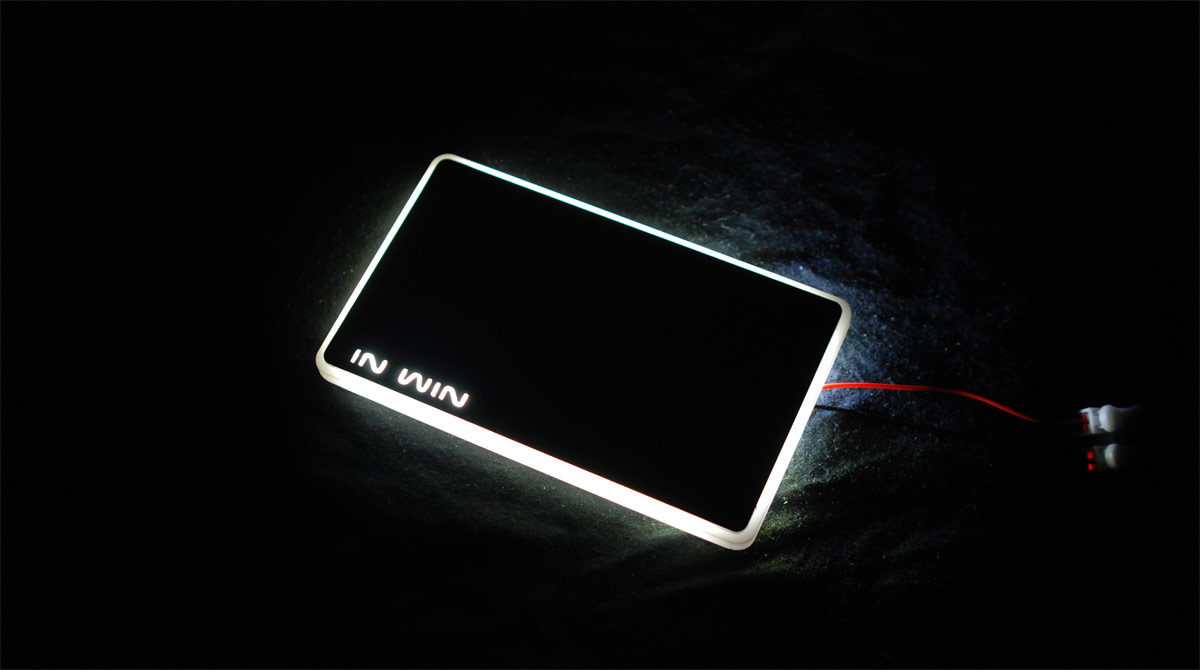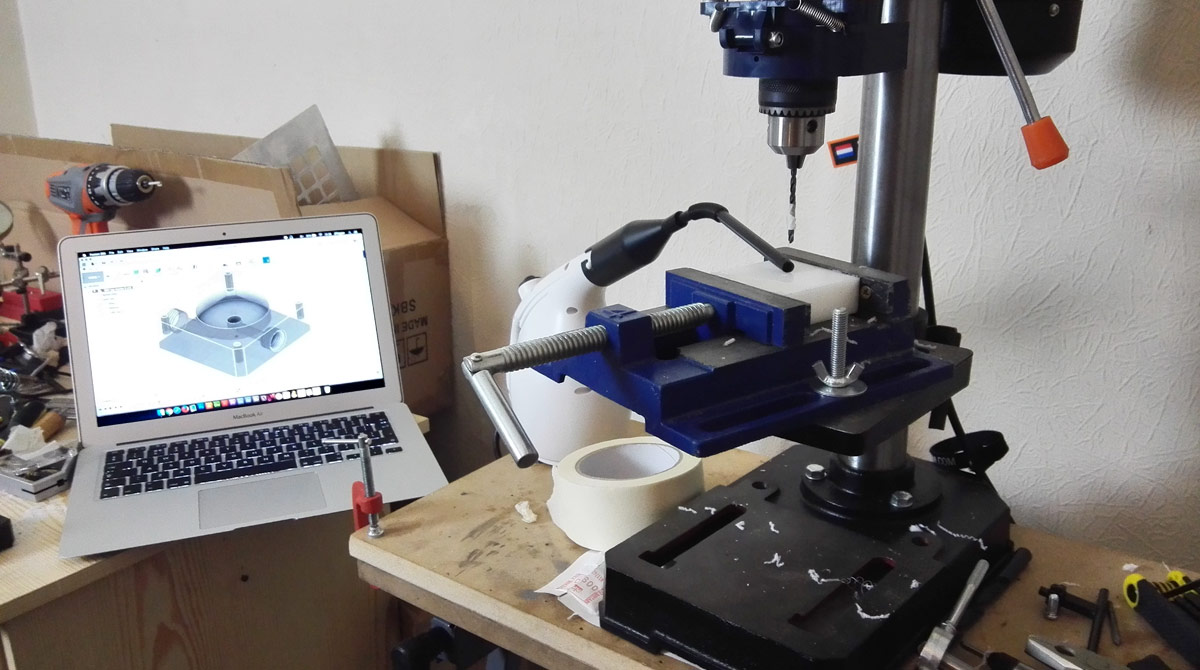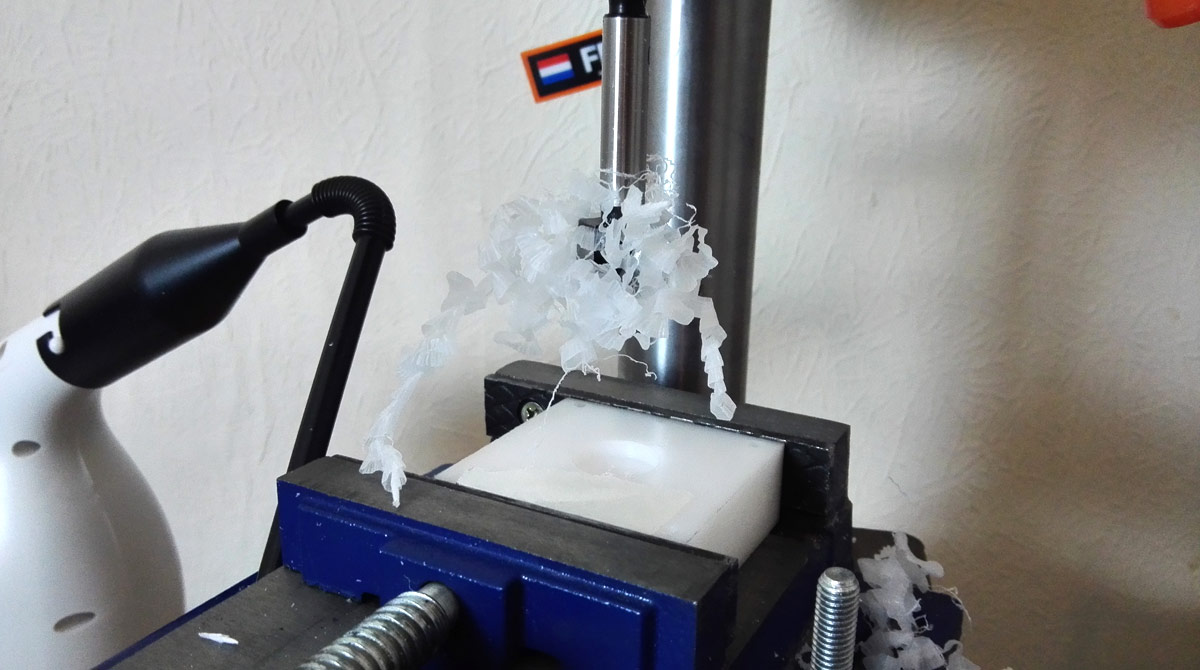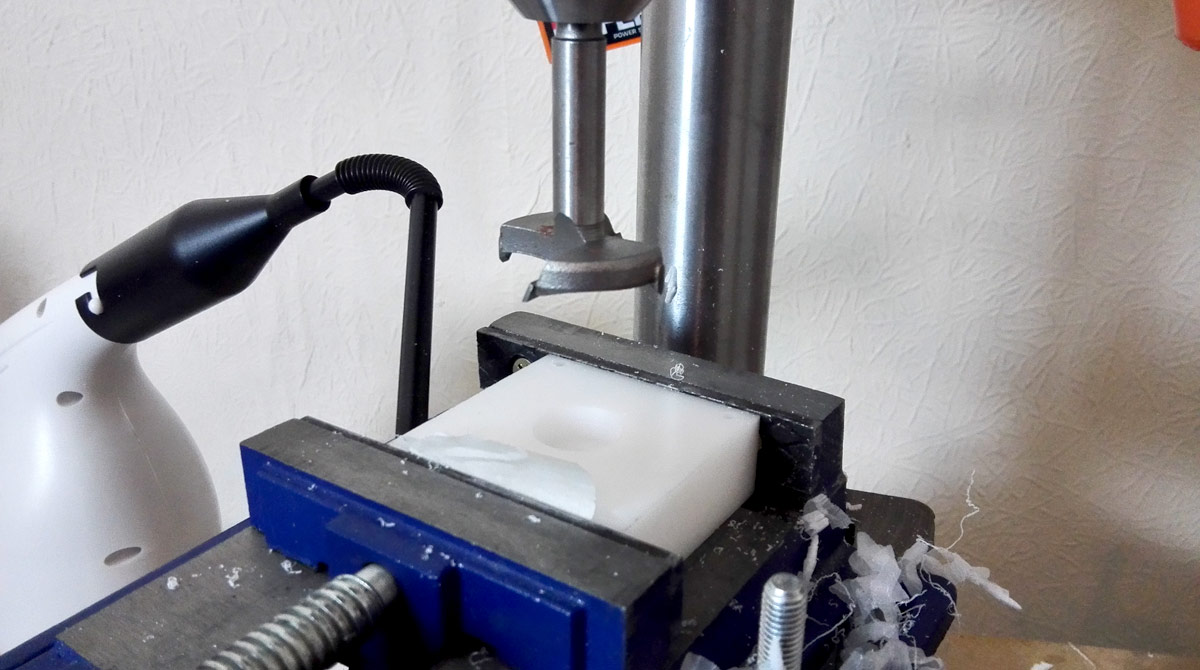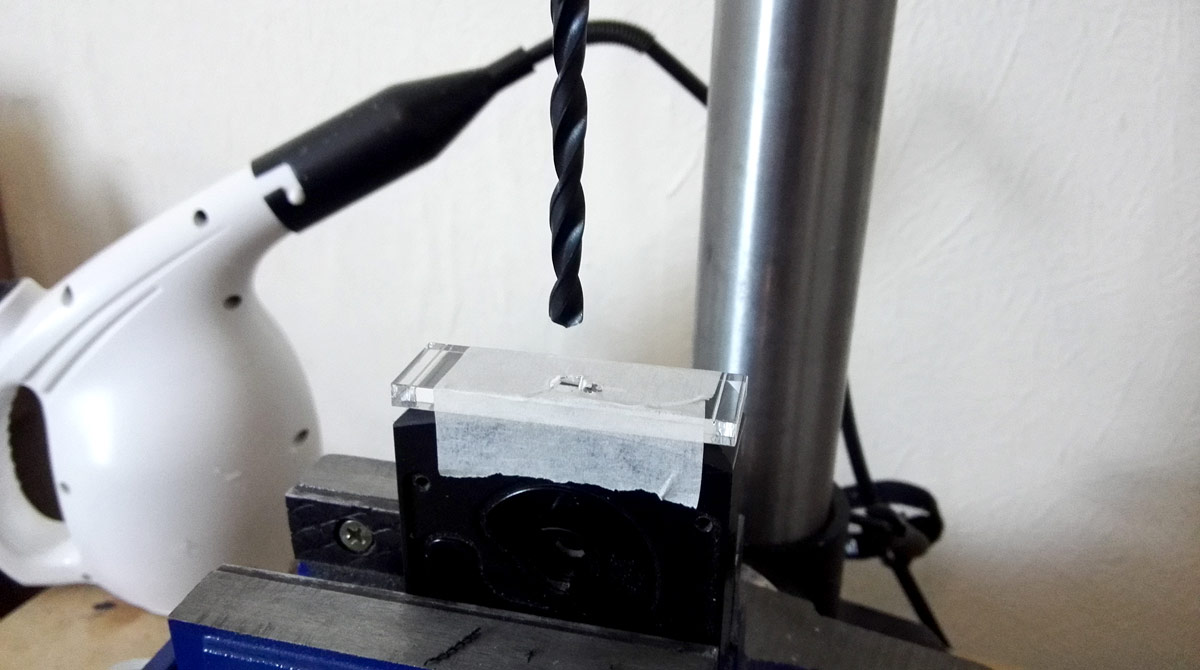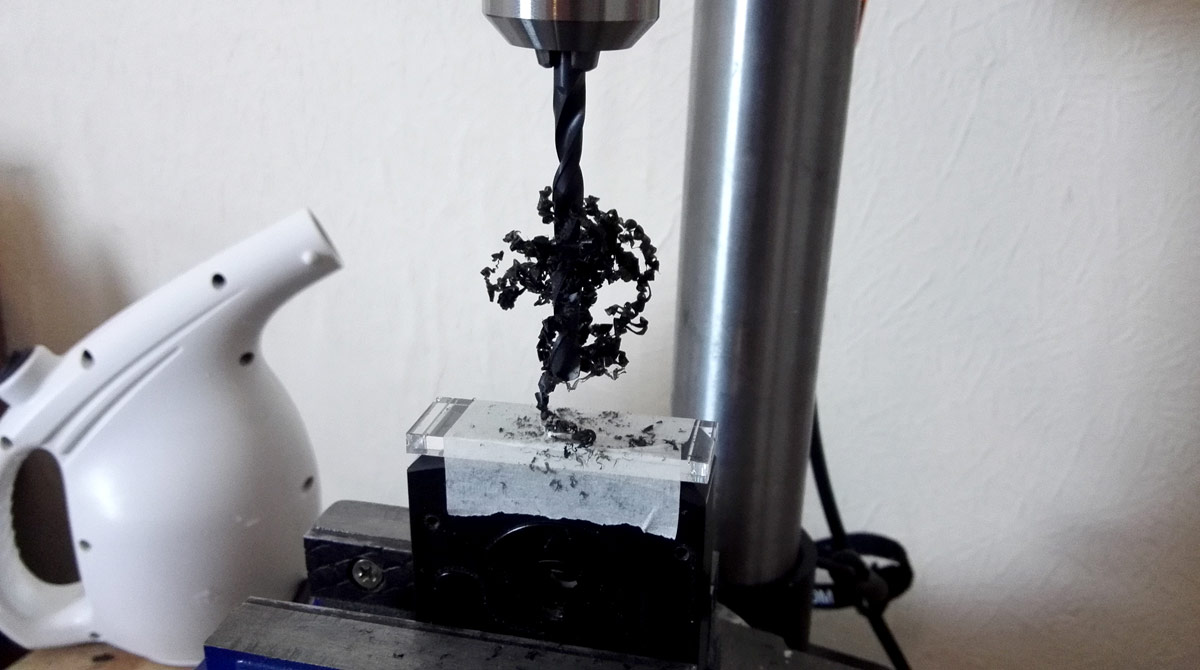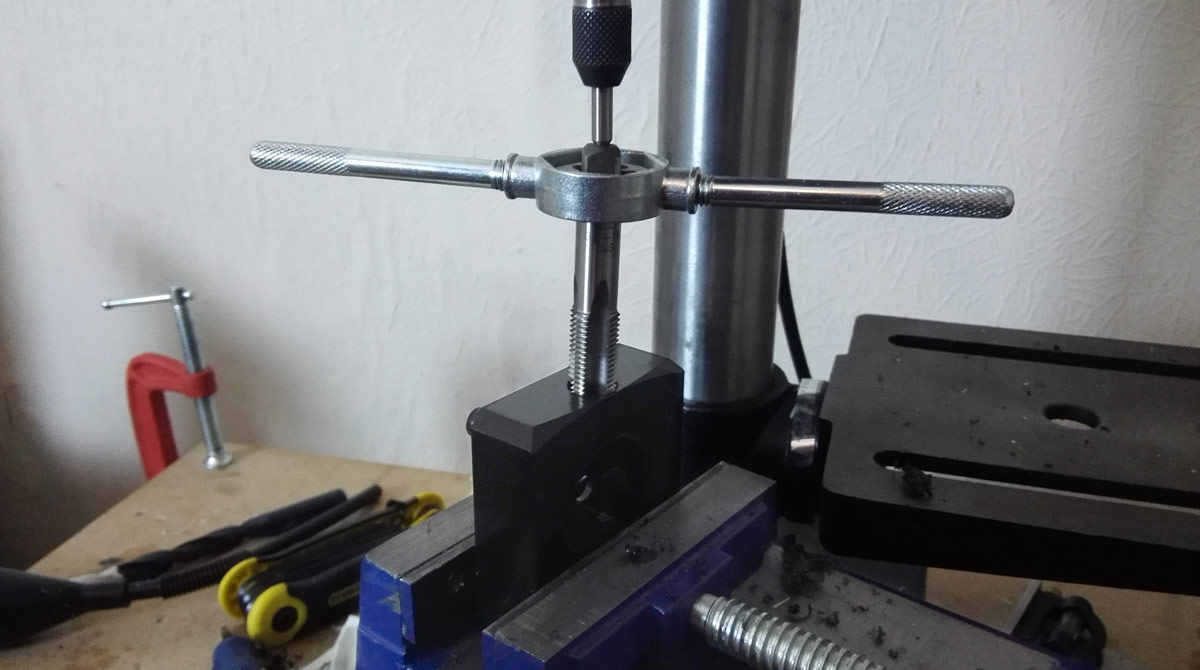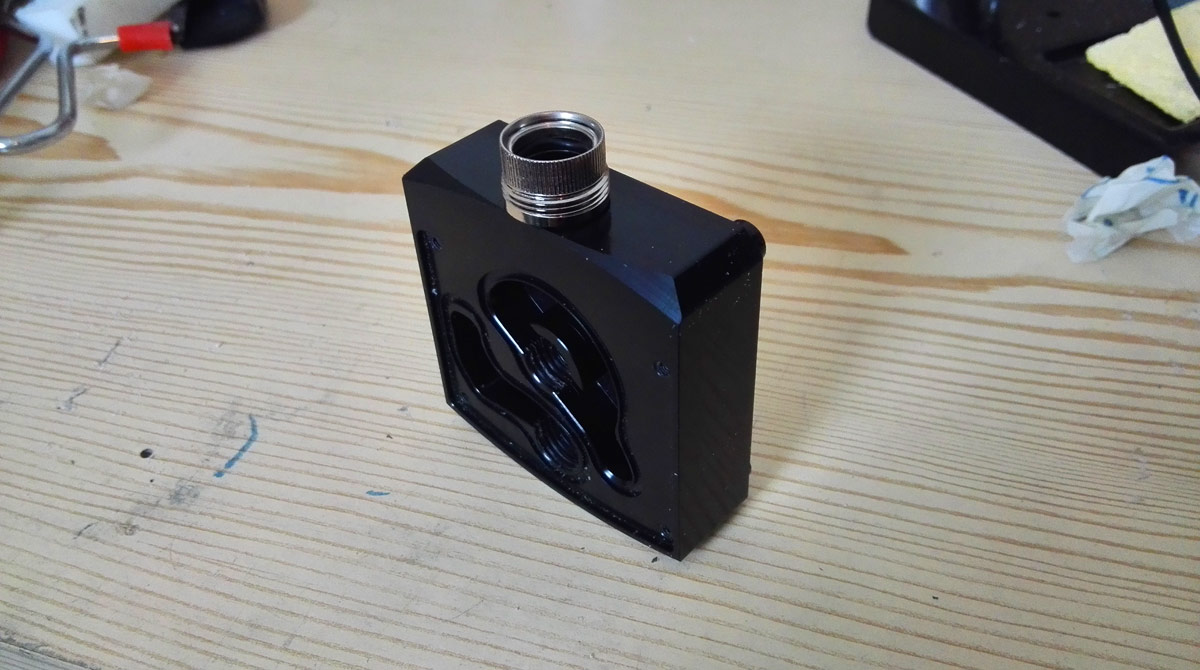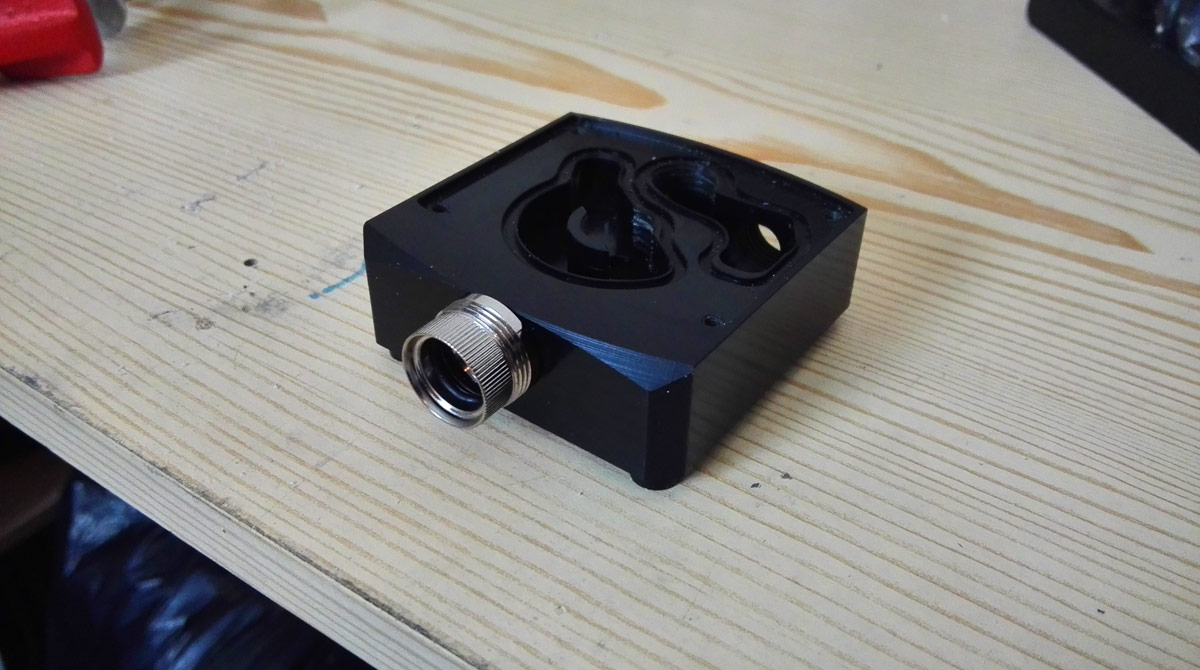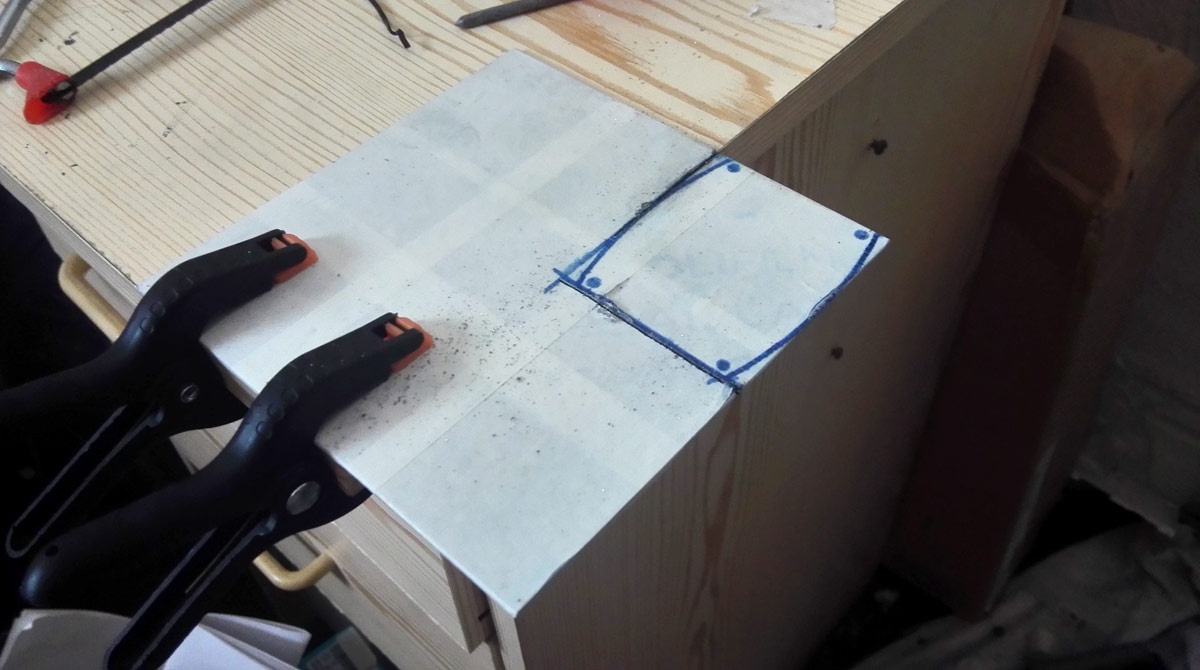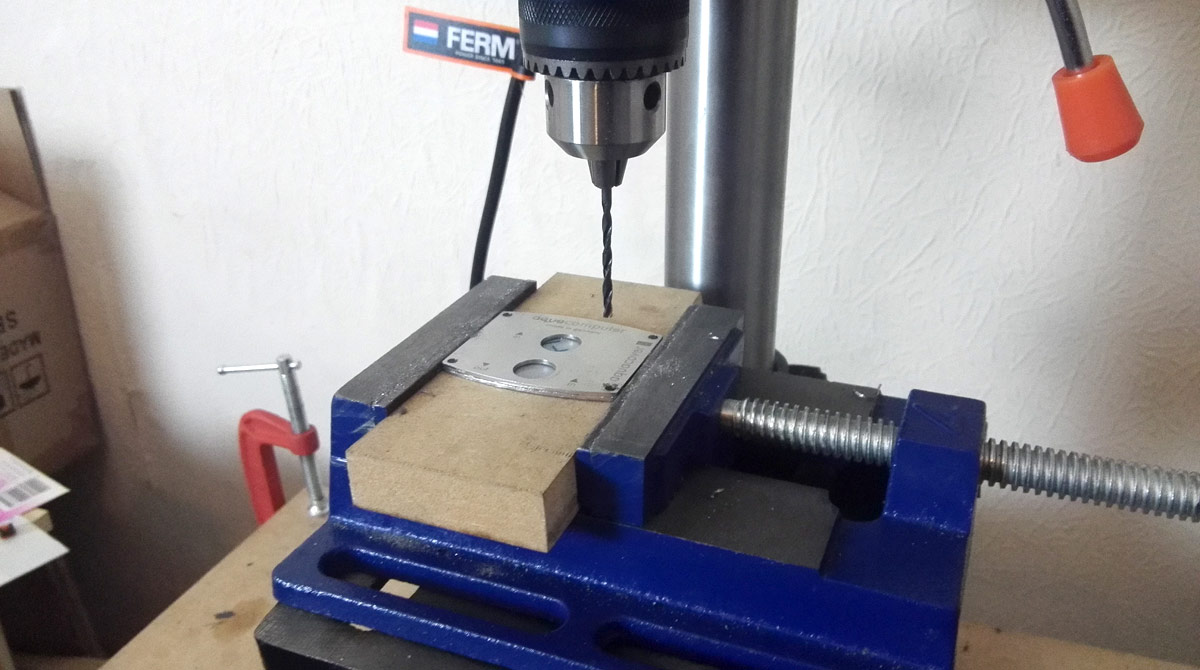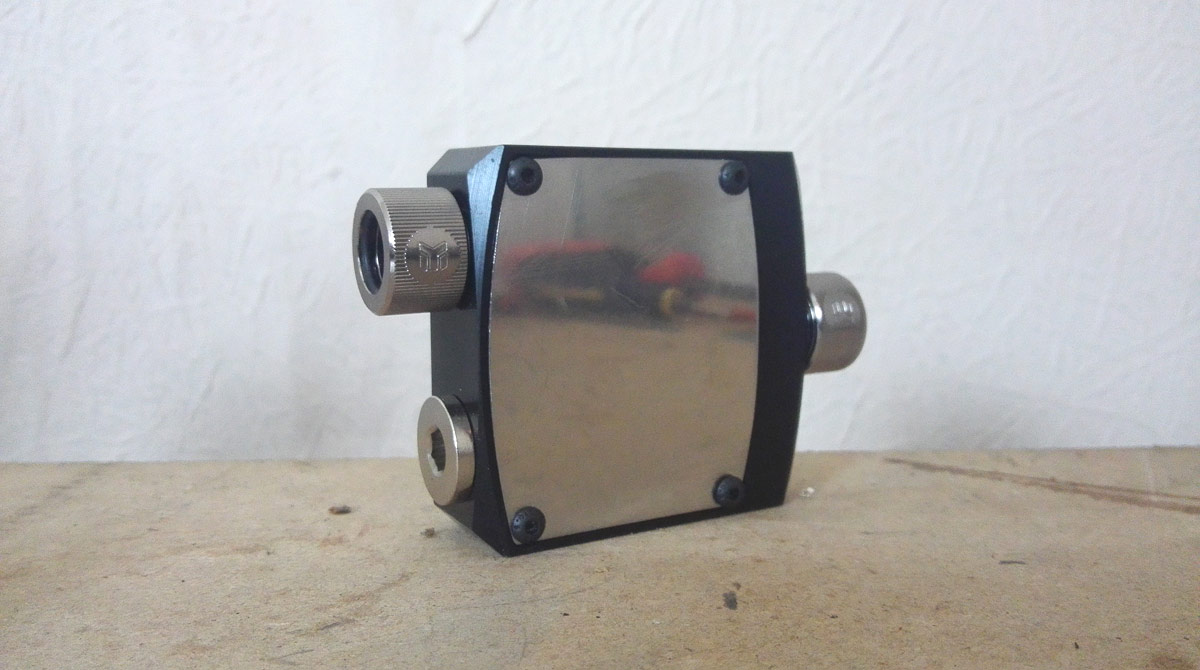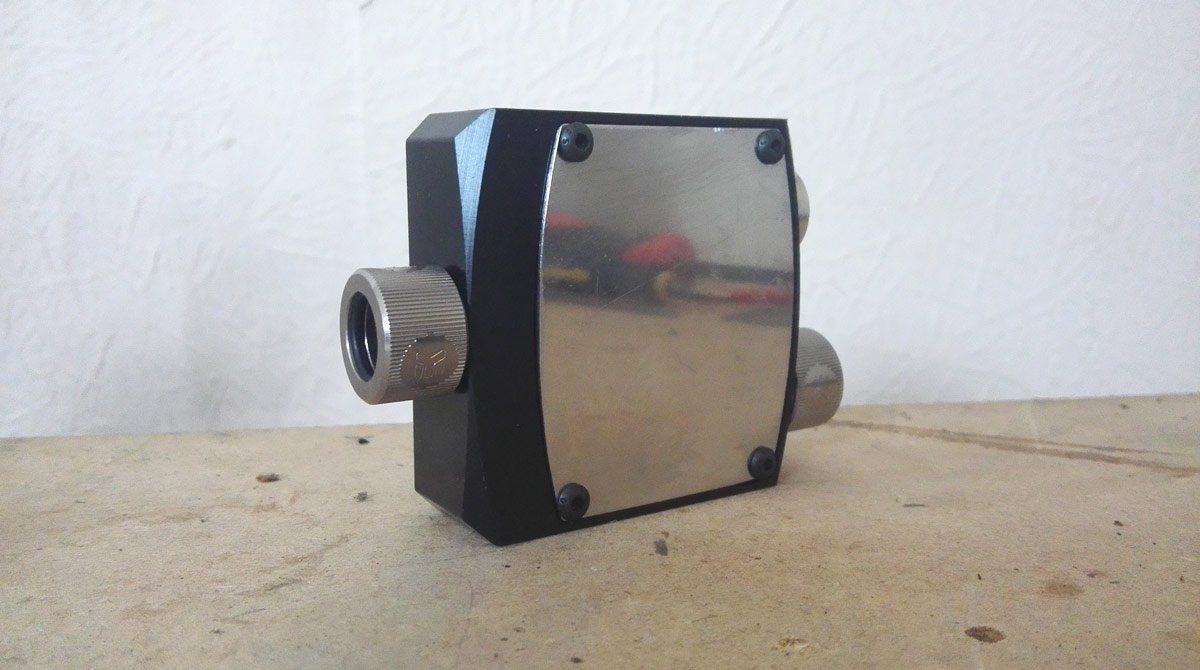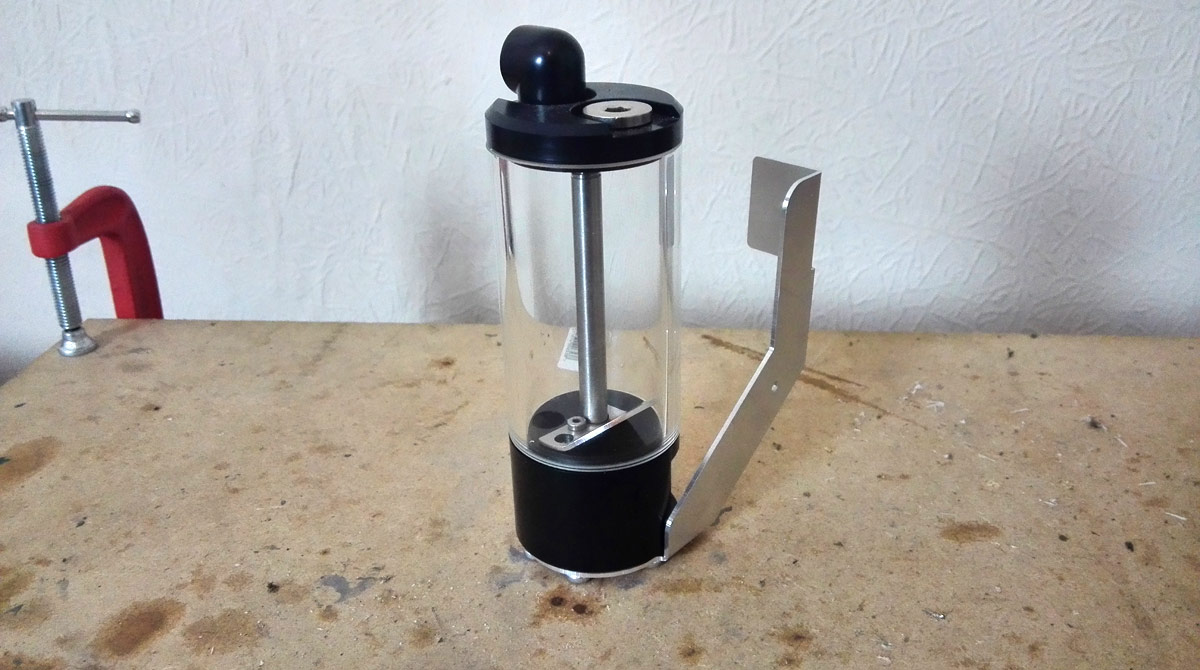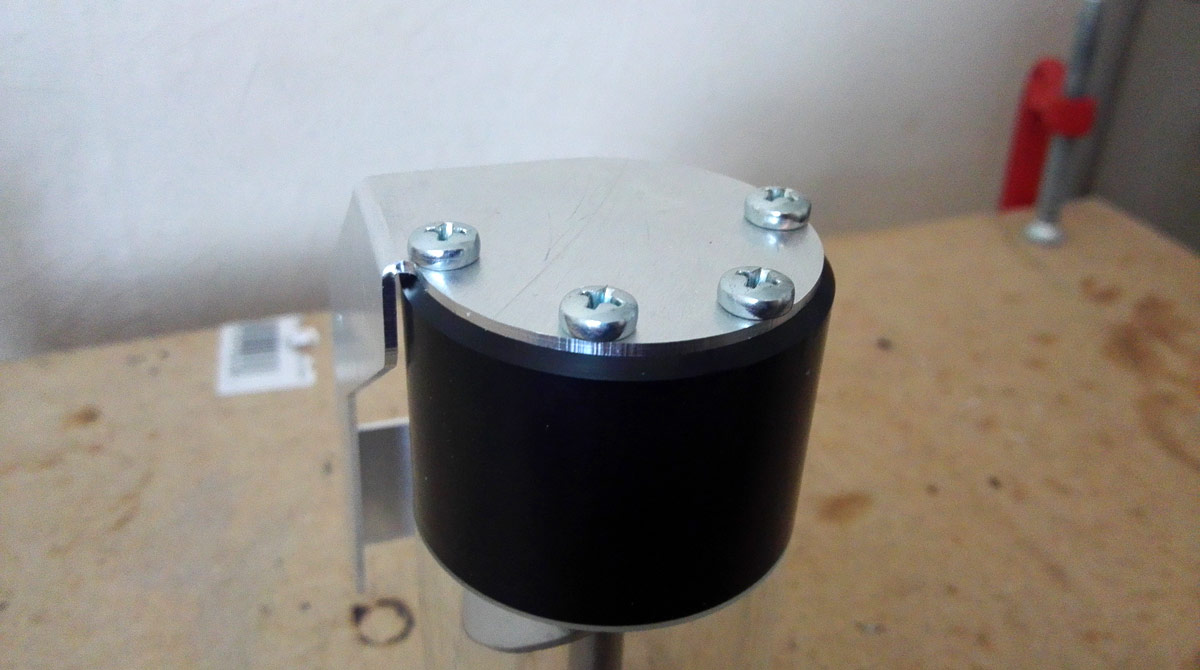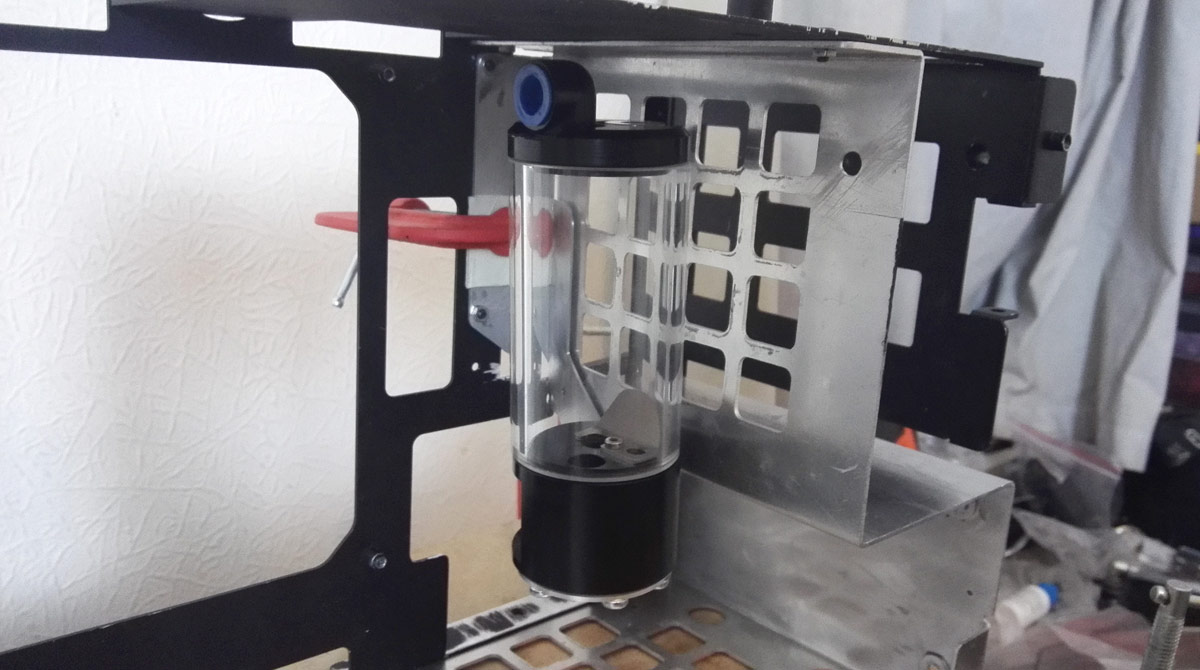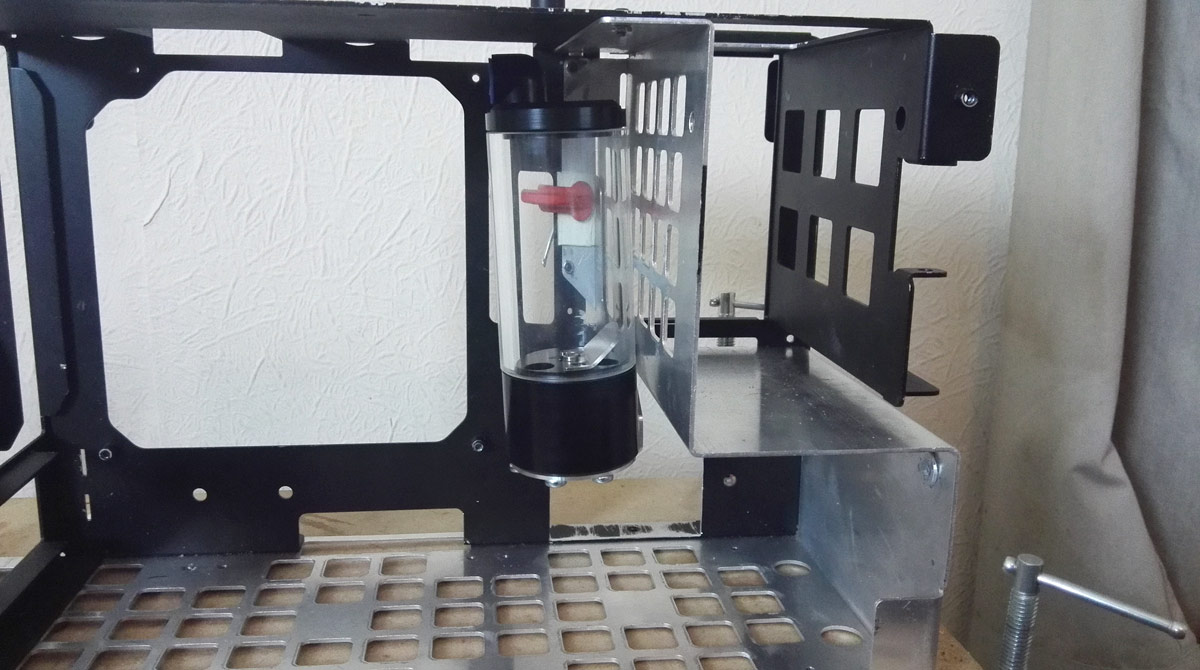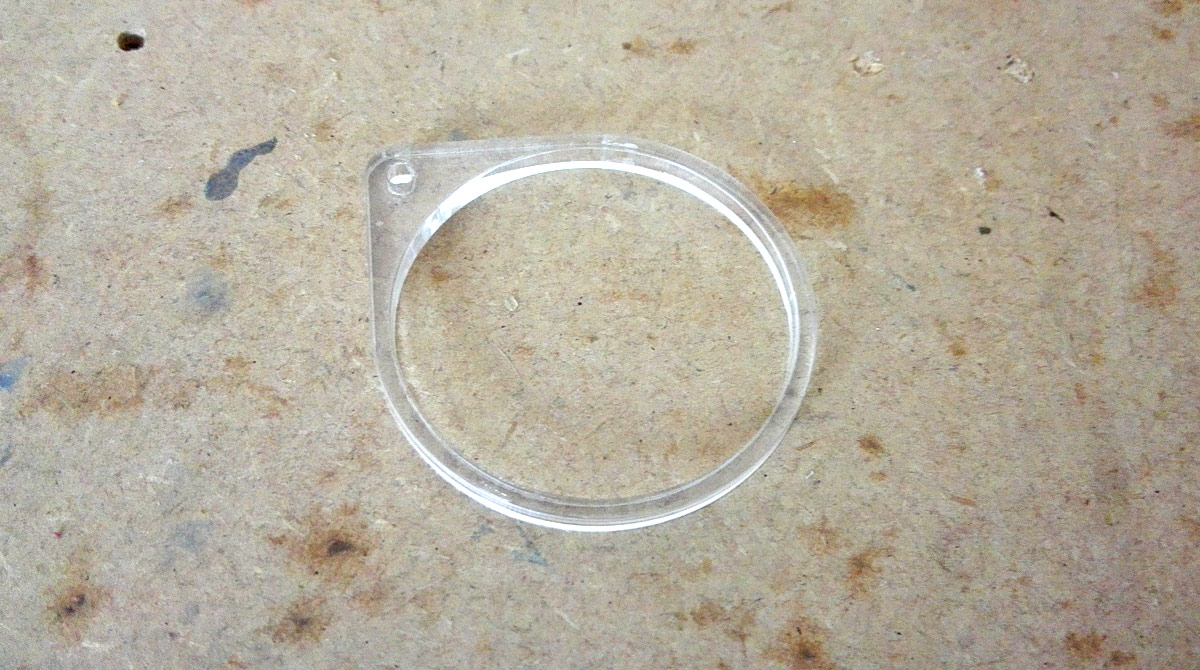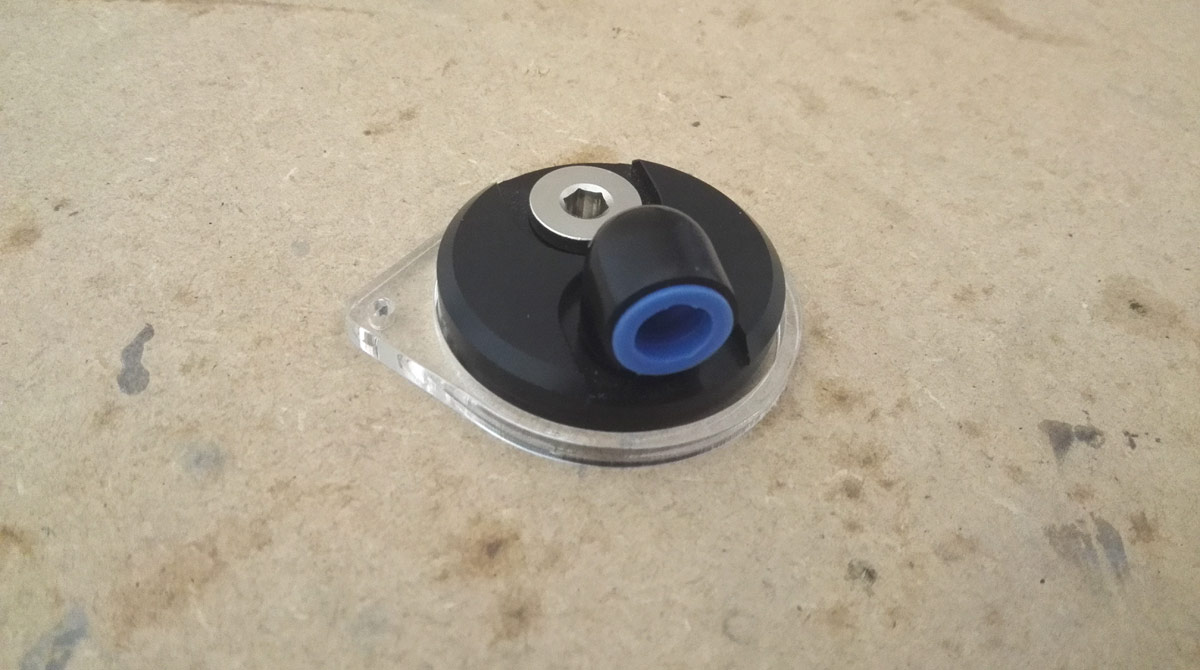Waste not want not
Since the actual shape isn't changing I thought I'd get the LEDs sorted anyway and give it a test.

Cool white 3528 LED strips on a 5mm thick PCB wrapped around an inner frame so the light shines outwards


Just as an experiment, I covered the underside of the light panel with silver foil to see if it'll help with internal reflection.

And then the LED ring is slotted inside the light panel


Note that all wires will be sleeved at a later date
So, let's give it a test!


Yay, ish kinda. The bottom dead spot isn't too much of an issue because the GPU covers that entire side of the motherboard so you won't even see it (shame), but the internal size of the light ring didn't divide to 50mm evenly enough to fill the gap. The corners are frustrating though. I know there are holes in the way so it was never going to be perfect, but I thought the LEDs had a much wider viewing angle than this to help fill the dead spots.
But then also look how the light doesn't fully penetrate the opal acrylic. Opal 050 has 37% light transmission and is perfect for lightboxes, but I guess that only applies if you're lighting underneath not directly into the sides.
So, time to look at other acrylics for my 3rd attempt...
- Opal 030 has 70% light transmission so that should help, but it's more frosted than a solid white
- Polar White Frost looks similar with a 60% transmission
- Crystal Clear Frost (oxymoron there, Perspex?) has 90% transmission, which is likely to be blinding given how damn bright these LEDs are
There are also a matching pair of panels like these for the storage covers which I haven't built the LED rings for, but could suffer the same issues. We'll see when I get to them, but if I'm changing the acrylic for the motherboard then I do want the storage to match when the lights are off as well as on.
Did you get normal ali sheets or bendable grade(it's so much easier to work with), none less great worksmanship. Shame i don't have space in my flat.




